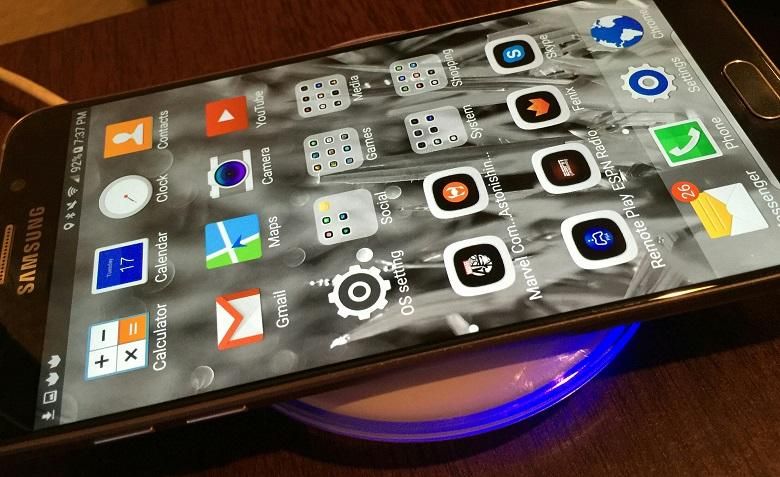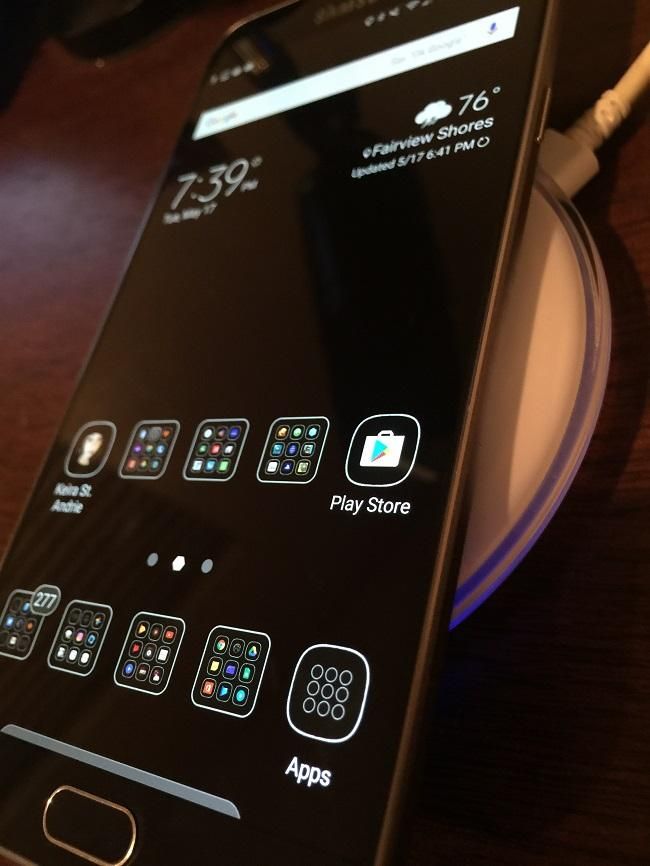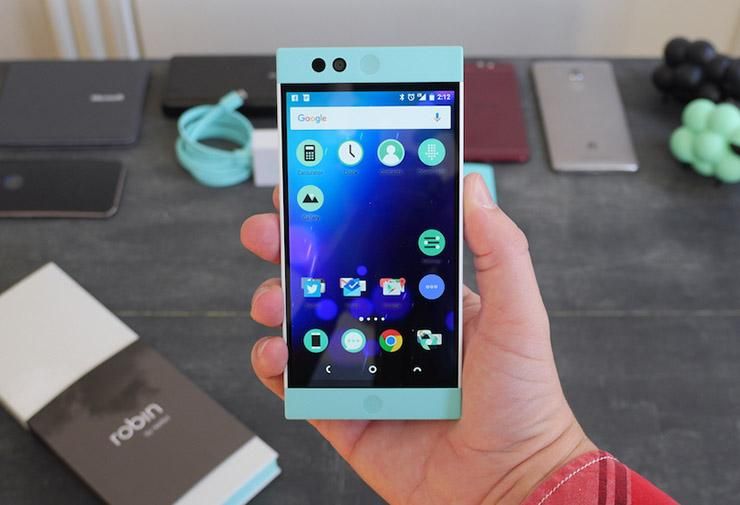During a recent conversation with my friend (and soon to be fellow contributor to the Pocket Now family) Clifton Thomas, we debated the need for widgets and the app drawer within Android. Clifton has recently purchased the Nextbit Robin and despite rockin’ a close to bone stock version of Android it lacks an app drawer and widgets are handled via a separate layer that’s accessed via a pinch on one of the home-screens. Therefore, the Robin’s approach to Android is rather iOS-like in execution in that you are basically looking at pages of app icons. Some may like this and others may not. The good thing about Android is that you are given the power to easily change this up with one of the many third party launchers found in the Google Play Store AND Nexbit took things a step further offering the Robin as “hacker” friendly with an unlockable bootloader and open source drivers. In a nutshell gaining root access, installing custom recoveries, and flashing different ROMs will not void your warranty. So, Nexbit gets a huge thumbs up from this tech geek!
Getting back to the topic at hand, Clifton, myself, and our very own Adam Doud spent a little while debating the need for widgets and app drawers. Both Clifton and Adam aired on the side of not really needing/using either whereas I am a heavy user of both features. Maybe it comes down to their dabbling in other OSs’ while I stick primarily to Android for a mobile OS. Or maybe it’s simply a case of “different strokes for different folks.” Regardless of the differences between our preferences, I began to ponder what it would be like to not have widgets and an app drawer.
How I like things
Day to day my Android experience has exactly three pages/home screens. The leftmost page has a Gmail widget for my primary inbox fit to the top half of the screen and the bottom half of the screen is occupied by an SMS thread widget from the Google Messenger app for my wife and I. The center page (which is set t
o my default homepage) has the Google search bar at the very top, the stock Touchwiz time/weather widget, a quick contact widget for my wife, and the rest is comprised of my most used apps organized i
nto folders. The final page to the right is occupied solely by a snazzy looking transparent background calendar widget that gives me a quick eye on a full calendar and my agenda for the month. Everything else in my phone app-wise is accessed via the app drawer which I have alphabetically organized so there’s no question as to where a specific app will be.
Now this may not sound like heavy reliance on widget’s at a glance goodness or the app drawer since I have an abundance of folders on my home-screen but it’s what I’ve grown accustomed to. When I first jumped into the wonderful world of Android use I went widget crazy and had a ton of pages with information thrown at you in every shape and form. Honestly, I grew tired of paging around and attempting to make it look aesthetically pleasing. Also, as Android matured the need for many of the widgets I once used
where now unnecessary. Ultimately this is the formula that works for me now and the most efficient way I can use my phone. Regardless of which Android phone I use, I quickly set it up just like this and have done so for at least three years.
The experiment
I tasked myself with three days of not using a single widget or an app drawer. This I felt would be enough time to fully feel the effects of living without two things that I’ve had since leaving webOS some five years ago. It was a horrifying thought at first but I bit the proverbial bullet and dove into the Play Store. Knowing that if the option to use a widget or the app drawer were readily available I would cave and ruin the entire experiment I searched high and low for launchers that got away from either feature. In the end I narrowed it down to one that pretty much mimicked iOS as it fit the bill 100%.
After a quick walk-through of how the launcher operates I was cut loose into the new look and feel. This was all familiar territory for me as everyone in my family with the exception of me uses iOS. Being no stranger to the UI I quickly organized all my apps with the most important icons placed upon the first page and the rest placed along the following pages in order of importance. As a complete tech geek I keep a ridiculous amount of apps installed on my phones at all times and it became immediately apparent that I was going to have to stack all of these icons within folders less I end up in the fiery pits of swiping hell to locate an app. Before I knew it my entire first page was covered in nothing but folders that were stuffed to the gills with things like social apps, media, reading, etc… Not only was this highly unattractive but it also left me wondering where I had stashed some of my more obscure apps that blurred genres. Granted, I could always pull a universal search to access such apps but that’s hardly an ideal situation in my opinion.
Not only did I have a serious bout of organizational shock but I was also having to pop into every app that I once had widgets for to check information that would normally be quickly accessible for me. What was that food order that my wife texted me? Check the messaging app. Did I get that bill from DIRECTV yet? Open the Gmail app. What date was my next doctor’s appointment? Open the Calendar app. You get the point. These were all real world issues that popped up for me without having the few widgets I depend on day in and day out.
All was not bad though. There is something to be said for the simplicity of my experience. Over time in a situation like this you grow to know the exact location for every app and shortcut. If someone were to need to use your phone this makes it easier for them to do so. There have been plenty of times over the years where my wife has asked me to use my phone only for her to get frustrated to the point of putting down my phone to grab her own. It can also be said that with things like Google Now and the amazing notifications system within Android that widgets and an app drawer are not needed. This is mostly true and I found myself falling back on both tools a lot to accomplish some things.
Final verdict?
Even after several days without two of the features that have arguably made Android what it is today, I missed them. With all the forks of Android out there and the seeming iOSification of my beloved OS happening a little more with each major update I still prefer things the way they are. I want my at a glance information. I want my app drawer for all the apps that don’t belong on my home-screens. Most of all, I want things the way I want them! This is the beauty of Android though. Make it what you want whether that be simple or complex, cluttered or a clean slate, and everything in between. So could I get by without widgets and the app drawer? Sure I could but thankfully I don’t have to.



